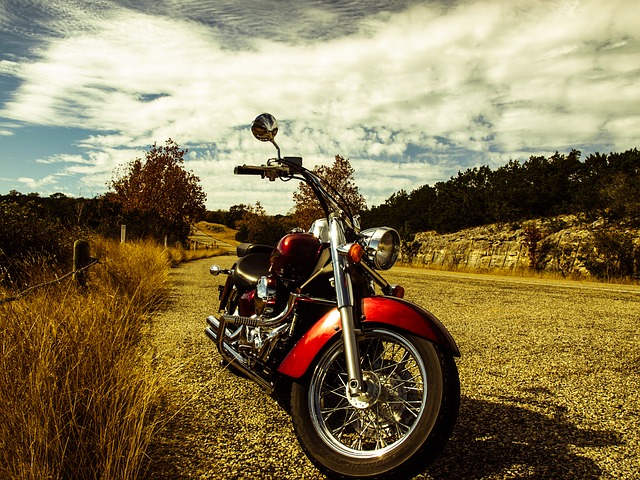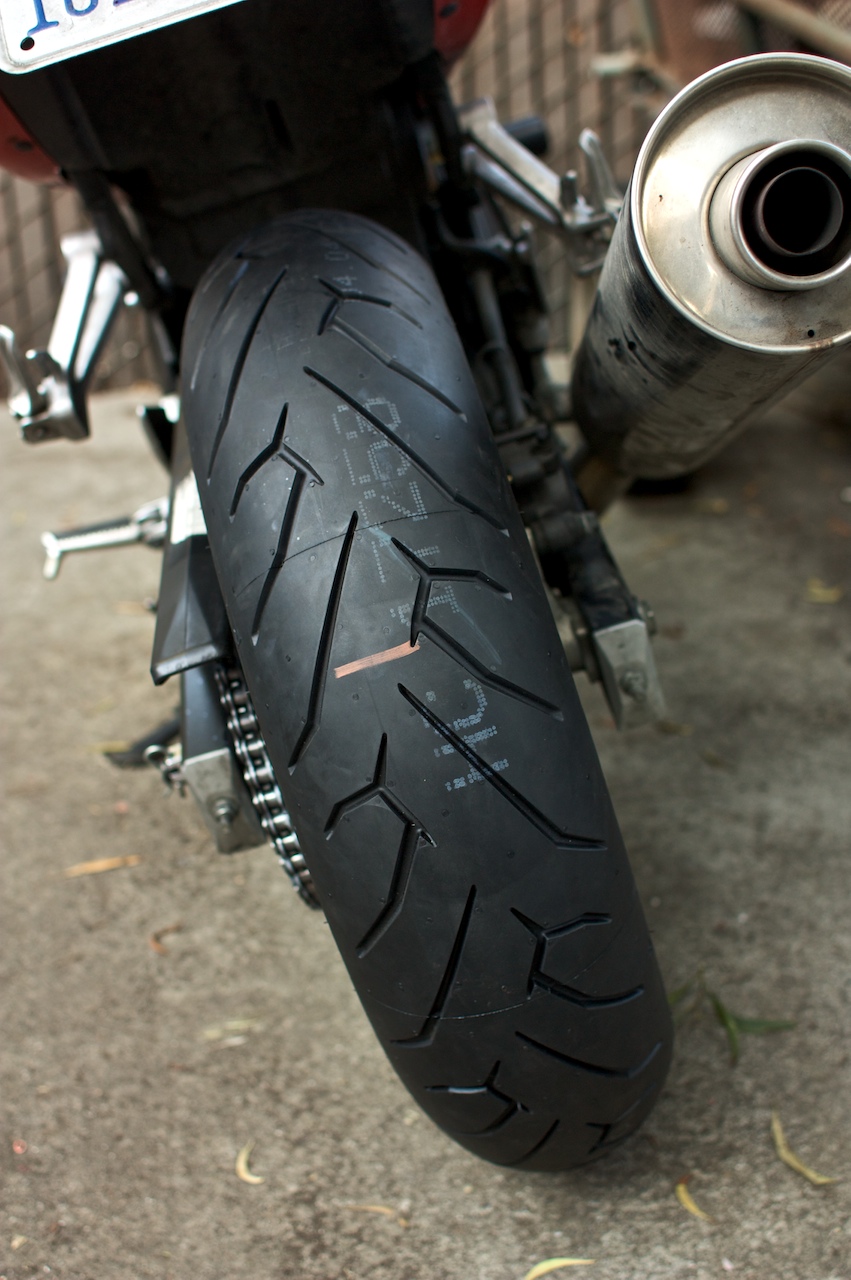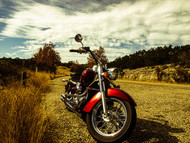How to Maintain Your Motorcycle DIY-Style
30th Apr 2015
As a biker, hitting the road during the weekend is one way of taking a break from the work-home cycle one usually experience on weekdays.
Now if you like to enjoy riding your bike for a long time,it would be ideal to learn the basics of motorcycle maintenance.
This will allow you to fix minor mechanical errors yourself and hit the road in a whim without waiting for the mechanic to arrive.
Besides, it will also help you save money that will otherwise go to repair shops or home-service maintenance fees.
However, if the thought of tinkering with your bike’s seemingly complex internal mechanism intimidates you, it is good to note that it does not need to.
On the contrary, basic maintenance is actually very straightforward.

Consider the following basic tips for starters.
- Keep the chain clean . Many bikers consider the chain as the motorcycle’s lungs, especially those chain-driven bikes. This task isn’t that complicated, provided you have have the right tools (e.g., brush, lubricant and de-greaser). For starters, dip your brush in a quality de-greaser and wipe away the dirt clinging to the chain. Lubricate the cables and chains to ensure these would move smoothly.
- Schedule oil change regularly . If it’s your first time doing this task, make sure to either refer to the manufacturer’s manual or employ the help of a friend to assist you. To get started, heat up the engine then detach the oil filler cap and the biggest sump plug. Drain the old, detach the filter, attach a new sump plug and tighten it according to the prescribed torque settings. Then, you can pour in new oil. Start the motorcycleto check for leaks. Make it a habit to change oil as regularly as possible.
- Check if the bike tyres are sufficiently pressured . Preferably, this should be done every week. Use a decent pressure gauge to check the tyre’s pressure accurately. Bikers who usually take pillion passengers more often should also make this a priority.

- Keep the brake fluids clean . Remember, dirty brake fluid can corrode the metal parts of your bike, especially the engine cylinders. To replace your brake fluids, you’ll need hand tools, container for the old fluid and a high quality brake fluid. You should detach the catch bottle before pumping the hand brakes to bleed the brakes. Once the reservoir is empty, you can refill it with new oil. For more tips, you can refer to this guide on replacing or adding brake fluid .
- Conduct battery checks routinely . Don’t let your battery dry or drain as it can cause it to perform erratically or not at all. Ideally, it’s best to remove the bat from the holder before conducting any tasks related to it. Check its acid level; if it’s too low, top it up with de-ionised water before re-charging it. It might also help to grease your battery terminals before setting it up back to prevent corrosion build up.
- Clean and lubricate control cables . Your bike will eventually show the symptoms of wear and tear; its clutches and throttle will be impaired and the grease in its cables will dry out. For a smoother, more responsive bike, it’s important to check if the cables are well-lubricated. While oiling, you can adjust the cables for a tighter grip.
- Check the brake pads and change whenever necessary . This is one of the best precautionary measures you can take before hitting the road. For starters, buy a decent quality pad and secure the necessary tools for the task. Use angle-headed toothbrush to dust off the pistons. You can refer to this easy to apply, 10-step guide in replacing brake pads.
- Wash and polish the exterior . Buy a decent quality car soap or shampoo and wash your bike with hot water. Wipe clean the body work with a sponge and get rid of the dirt and grit that have settled in tight spaces with a dish brush. When using a pressure washer, refrain from blasting around electrical parts and bearings. It’s also a must to avoid corrosive washing solutions to keep the metal parts in top shape for a long time. To polish your bike’s look, you can also apply the right car wax, preferably those with protective agent to preserve its colour.
Pro Tip: Make it a habit to wash your motorcycle after having a winter ride to avoid salt corrosion. It’s also best to wash your bike regularly; this will allow you to spot check its mechanical parts as well.
As you probably already know by now, maintaining your bike isn’t that complicated. As long as you set aside time to perform regular upkeep, you can look forward to enjoying your bike for many years to come.
Make sure you have your maintenance equipment organized and conveniently packed. Consider using RhinoLeather motorcycle toolbags, and our backpacks and pouches.






